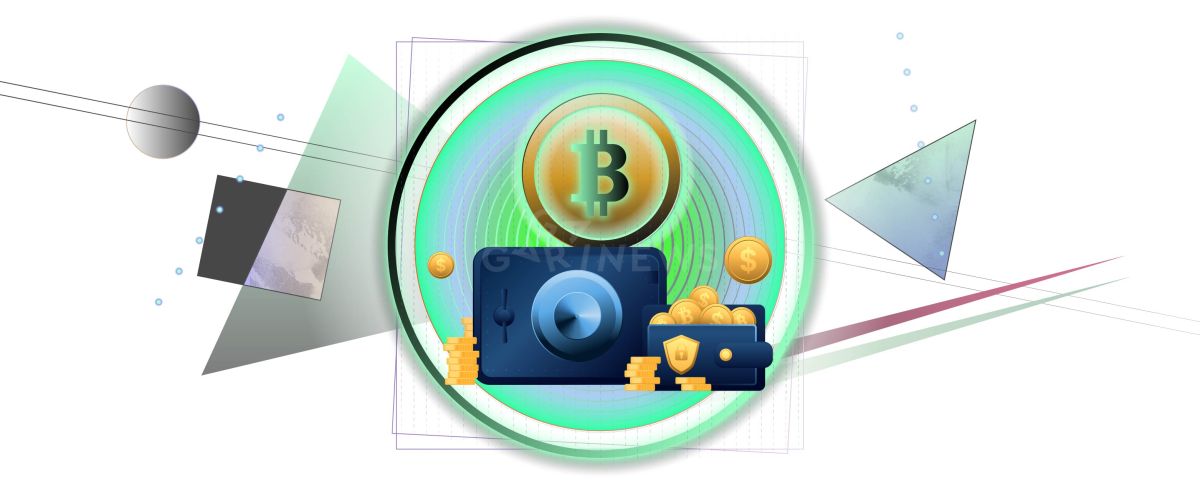Can Bitcoin switch to Proof of Stake?

Bitcoin has been operating on the Proof of Work algorithm for 14 years. Mining confirms transactions: users connect their devices and are rewarded for mined blocks. But is it possible to upgrade the network by switching from mining to staking?
On this page
Ethereum was the first blockchain to change its algorithm to Proof of Stake. Mining, as a process, was too energy-consuming, and the increased complexity forced miners to buy expensive equipment. Bitcoin has similar problems: large pools have long performed most of the mining process, and single miners have a low probability of finding a block and receiving a reward.
The largest mining pools in the Bitcoin network (https://explorer.btc.com/)
Theoretically, it is quite possible to make a BTC blockchain shift to POS. Ethereum’s transition to the staking algorithm, with all the stages of preparation, has been going on for several years. This is all because of the enormous workload of the network. Ethereum is the largest decentralized machine in the crypto world, with hundreds of thousands of smart contracts running on it. In the case of BTC, everything would be much simpler – the number of smart contracts in the blockchain is hundreds of times smaller, and BTC itself is not positioned as a platform for decentralized finance. It is an investment asset that is bought to protect funds from inflation.
Staking in the bitcoin network would allow everyone to participate in block generation. The difficulty of BTC mining is constantly increasing, being at an all-time high, so ordinary computers are not enough: you have to buy expensive ASICs to mine.
BTC mining difficulty chart (https://explorer.btc.com/)
The main question is not whether Bitcoin can switch to staking but whether it is really necessary.
The main aspects that form the value of BTC:
Bitcoin has long lost to many blockchains in a technological sense. Its main trump card is immutability. Trust in the main cryptocurrency has been formed for 14 years, and proof of work functions as a reliable and stable algorithm for the same amount of time. In case the work algorithm is replaced, there is no guarantee that the community will not decide to increase the issuance or some other aspect that forms the value of BTC.
Recalculation of mining difficulty every 2 weeks, reduction of block reward every 4 years (halving), impossibility to mine all BTC before 2140 – all these mechanisms were laid by Bitcoin creator Satoshi Nakamoto. Because of its immutability, people believed in BTC as something new, resistant to censorship and external factors. Changing the blockchain of the main cryptocurrency could be useful. It would add innovation and technology. However, whatever comes out of it in the end, will not be Bitcoin.
The content on The Coinomist is for informational purposes only and should not be interpreted as financial advice. While we strive to provide accurate and up-to-date information, we do not guarantee the accuracy, completeness, or reliability of any content. Neither we accept liability for any errors or omissions in the information provided or for any financial losses incurred as a result of relying on this information. Actions based on this content are at your own risk. Always do your own research and consult a professional. See our Terms, Privacy Policy, and Disclaimers for more details.



























